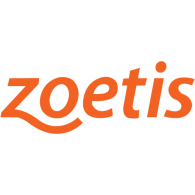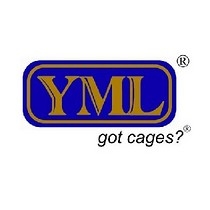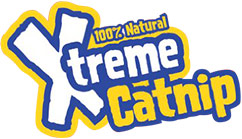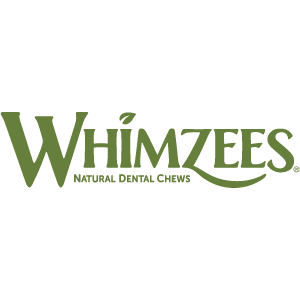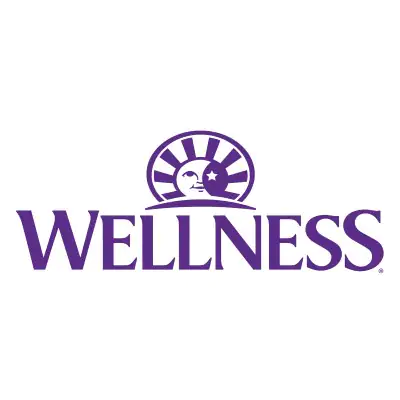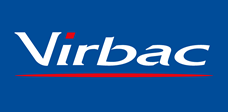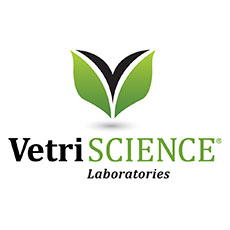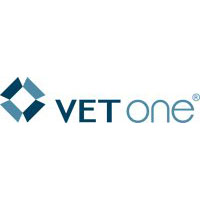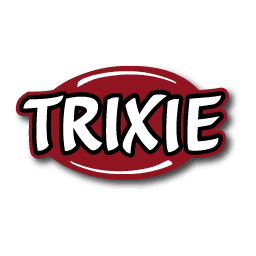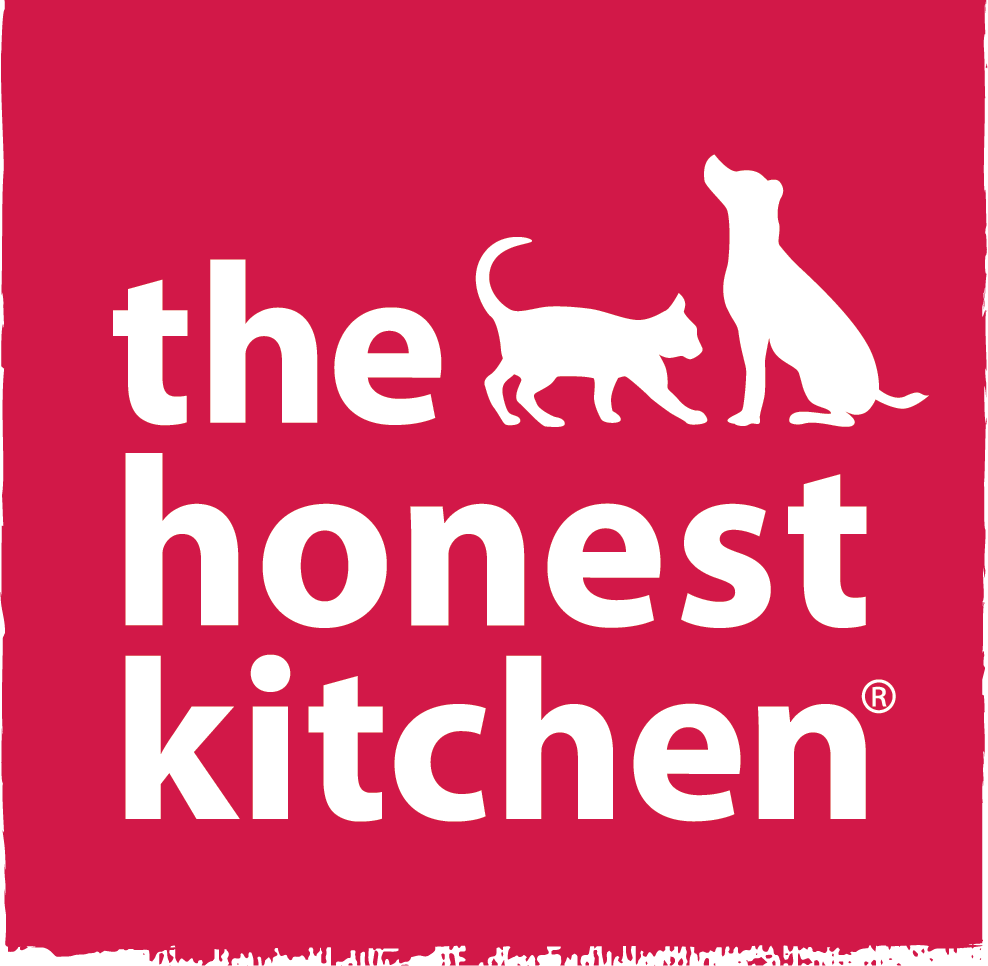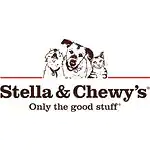Choosing Aquarium Fish Food: Nutrition, Labels, and More!
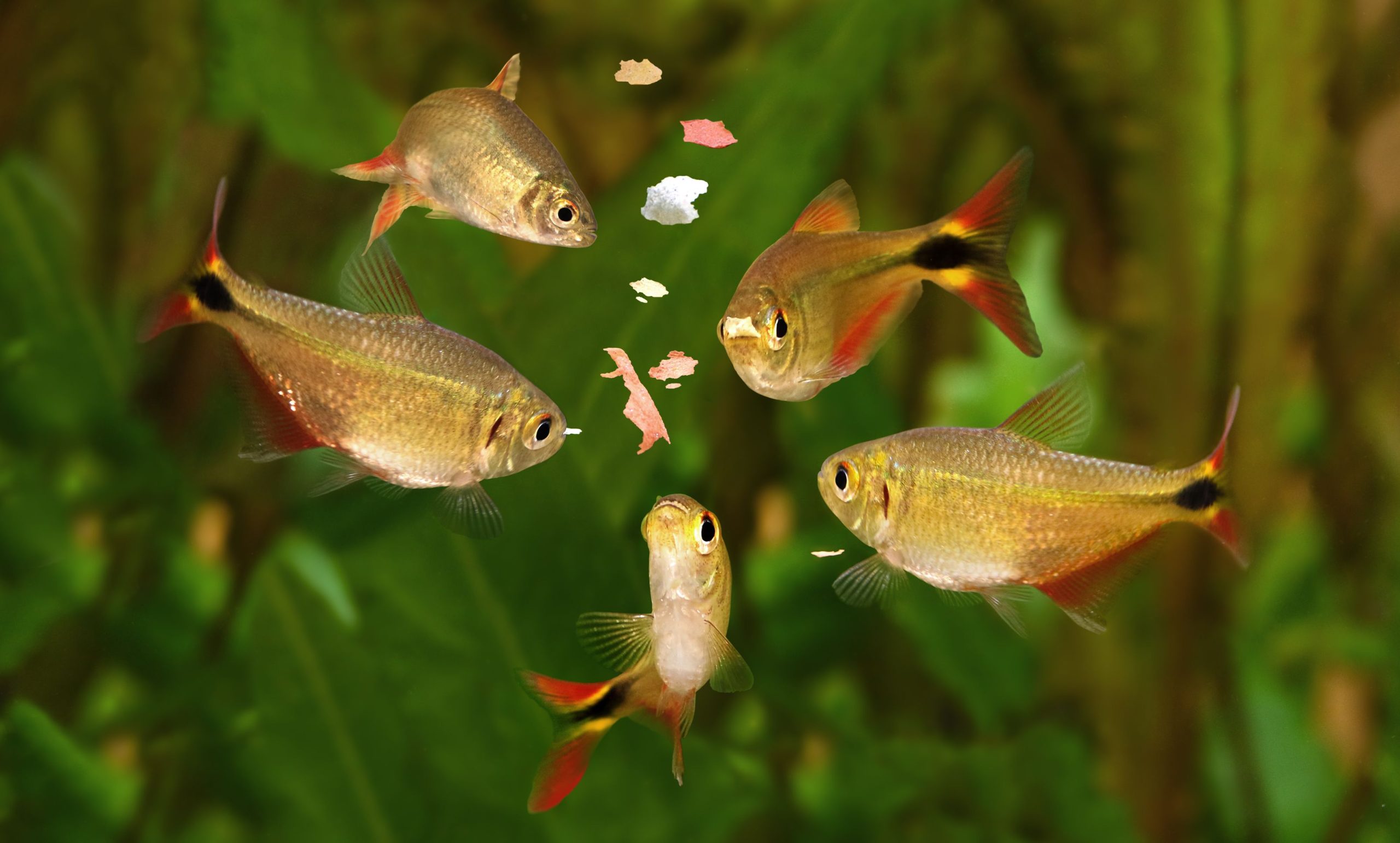
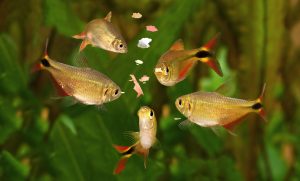
Providing your fish with high-quality food is the first step to keeping them healthy. The food you give your fish affects their lifespan, growth, development, and coloring.
Choosing the appropriate fish food for your aquarium fish might be difficult with so many options available. Although many people are used to feeding their fish inexpensive flakes, you will be shocked at how vital their diet is.
There is a lot of misconceptions about fish nutrition and which brands are best. In order to determine which aquarium fish food is best for your particular kind of fish, we conducted extensive research and personally tested several well-known brands.
Reading Fish Food Labels
Reading the labels on your fish food might be difficult if you don’t know what to look for, which portions to read, and in what sequence. This is the first step in choosing fish food.
These are the primary labeling systems used by various fish food brands:
This section will use visuals to explain how to read a fish food label.
1. Brand Name
The most important part of the label is on the front in bold font and color. You may also check the primary label to see if it’s a fish-related firm or an off-brand product. Avoid these fish foods since the manufacturer does not specialize in fish, lowering the food quality.
2. Food Type
A little, colorful lettering will appear below the main header, identifying the product’s food type. Some examples of these foods include gel food and flakes.
3. About The Brand
The label will also educate you about the brand, its goals, and what the food can accomplish for your fish.
4. Food Guide
The feeding guide will tell you all you need to know about feeding your fish this brand. The appropriate amount in grams or ounces will be delivered. In certain cases, the manufacturer will specify how often to feed your fish and an approximate daily limit.
Blackwater Premium Koi and Goldfish Food
5. Manufacture and Expire
In a tiny area of the label is the manufacturer’s address, a phone number for questions regarding the item, and a production date and an expiration date.
Food with an expiration date (also known as the expiration date) should be purchased 6-12 months before expiration. Expired food loses nutrients over time, making it unfit for your fish.
6. Ingredients
Examine the components in this food:
A, D3, E, and B12 vitamins and riboflavin supplements are added to the premium menhaden fish meal.
The initial ingredients on the ingredient label reveal what the product is made of. Each component is listed in increasing order. In this situation, fish meal is the main ingredient. This might assist you assess the food’s filler content (which is minimal in a fish’s diet). Ingredients like fish meal, rice bran, and wheat flour are fillers.
In the ingredients list, look for vitamins and minerals in the center area to see whether they’re important for your fish species.
You may also check the list to determine if there are any dangerous components you should avoid feeding your fish.
7. Guaranteed Analysis
The assured analysis will show the food’s protein, fiber, fat, and moisture content. This is important since it determines how much nourishment your fish gets. Some fish species require high protein, whereas others require low protein but high fiber.
Fish Nutritional Data
Every aquarium fish should be fed a diet that matches or exceeds their nutritional needs. Foods with hazardous chemicals, fillers, and artificial colors and preservatives should be avoided. While genuine fish food is hard to come by, be sure the contents are easy to understand and have few artificial chemicals.
Calcium and phosphorus are essential nutrients for aquarium fish. Trace levels of iodine and magnesium are also required. Despite this, there is no ‘perfect’ fish meal. Some foods lack minerals present in other foods, and vice versa. It’s best to feed aquarium fish from two or three different brands to ensure they get enough minerals, vitamins, protein, fat, and fiber.
Fish receive most of their energy from lipids, therefore if you have active fish, the crude protein concentration should be high. The incorrect amino acids might contribute to poor water quality in your aquarium.
In terms of conventional nutritional needs, these are the components of fish:
Proteins:
Suitable fish food companies will often combine components to decrease protein consumption. Over time, excessive protein in fish diet can cause kidney disease in older or weaker fish due to overuse of the kidneys. Plant-based proteins may be healthier for herbivorous fish than omnivore or carnivorous fish.
Amino acids are necessary acids in fish food. DL-methionine is an important amino acid present in products including fish meal, wheat flour, and fish eggs. Although wheat flour contains amino acids, the grains used in fish feeds are not necessarily of high quality. Grains and plants (excluding spirulina) lack critical amino acids like lysine and methionine.
Protein and amino acids are essential for your fish’s muscle and tissue regeneration, and they can assist your fish recover from external injuries. So, if you’re interested in the advantages of amino acids for your fish, check out for claims that the formula has been specially designed to incorporate as many amino acids as possible.
Lipids:
Fish utilize fats for energy. This keeps them busy and healthy while they swim about the tank and act naturally. Vitamins A, D, E, and K are fat-soluble, meaning they can only be digested and absorbed into the body if they are accompanied by lipid lipids. Triglyceride lipids can provide concentrated energy in fish when combined with an amino acid and carbohydrate diet.
Fish lipids are commonly contained in some fish food products. So it’s vital to describe the items correctly, like a “fish” dinner rather than just a meal. In this instance, whole fish meal is the best option for your aquarium fish.
Plant lipids contain more omega fatty acids than protein sources. Lipids are highly digestible for all fish species, depending on the lipid content and origin.
Carbohydrates
Most carbohydrates in fish feeding originate from plants. This is important since certain fish are strict carnivores and require just trace amounts of plant stuff in their diet, or none at all. Bettas and cichlids, for example, cannot digest plant stuff properly and may suffer from bloating and constipation. Because carnivorous fish cannot digest amylase (an enzyme that breaks down carbohydrates).
However, omnivorous and herbivorous fish species (like goldfish or mollies) can benefit from a high plant-based diet.
Omega 3 & 6
A major issue with fish diets is that the omega 3 sources are plants. Plants seldom create considerable amounts of omega 3 fats, instead producing more omega 6 fats, which may induce inflammation in your body over time.
Fish meal, rather than plants or algae, is the best source of omega 3 and 6 fats in fish meals. Aquatic fish benefit greatly from omega 3 fatty acids, especially when it comes to battling inflammation, chronic discomfort, and appropriate brain development.
The 5 Fish Food Types
As the years pass and more study is done on what your fish needs to stay healthy and happy, numerous new ‘scientific’ fish feeds are being created. However, you cannot pick a fish meal purely on the labeling strategy, as certain scientific foods are not always good for fish.
The texture, vitamin and mineral content, and water fouling qualities of the five main brands of fish food on the market vary substantially.
1. Flakes
This is the most common fish meal for tropical and cold-water fish, however it is not wonderful. Fish flakes are made of a thin, liquid form that dissolves easily in water. The disadvantage is that flakes quickly dissolve and release nutrients into the water. This implies that your fish are not retaining all of their nutrients, and that valuable nutrients are contaminating the water column, lowering the water quality. Even if the label says it ‘dissolves gently’, the same concept applies.
2. Pelletes
Small or medium-sized pellets are the second most preferred fish food. The key benefit of pellets is their capacity to retain nutrients once in the water. This is vital since fish can’t consume everything in the tank, so even the last to eat will obtain their daily nutritional requirements. Pellets also take longer to decompose than flakes, taking over an hour to expand in the water after being uneaten.
3. Granules
This fish food resembles crumbs. Each granule is unique in form and size, but they are all wonderful for little fish. Micro granule fish food is best for fry or small immature fish that struggle to ingest bigger pellets.
4. Sticks
Outdoor koi and goldfish caretakers use pond sticks. These huge sticks are easily devoured by large fish. Moisture makes the sticks mushy and expand, allowing the fish to swallow or break them.
5. Gel Foods (Powder Form)
A new fish food is powdered. Preparation and upkeep are more difficult than other fish dishes, but the nutritional value is exceptional. This diet is preferred among goldfish caretakers because to its nutritional value. You just combine the powder with water and freeze it. Feeding may be messy, and overfeeding can rapidly foul the water.
Petstup is an official re-seller of the many well-known pets brands, focused on improving the lives of pets, pet parents and our partners. We proudly offer a large variety of pet nutrition products and supplies competitively priced for dogs, cats, reptiles, fish, birds and small animals. Petstup is your one stop shop for all your pet’s needs. All our products are authentic, and pass all mandatory United States standards and veterinary practices. We run several warehouses across the United States to serve you better and faster.



